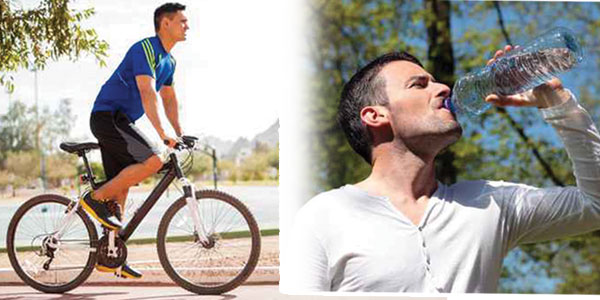 |
 John has a master’s degree in exercise science/human performance and doctoral studies in applied physiology. He’s formerly certified by the American College of Sports Medicine as a Rehabilitative Program Director and Health Fitness Director. He’s authored a college level text for fitness, wellness and conditioning classes. He’s a former baseball coach and all conference collegiate player. He can be reached jrutig@att.net |
|
Summer time – a great way to enjoy the outdoors and be active. Of course with the arrival of heat and humidity it’s very important to keep your body hydrated. If you are skipping your water intake these days, it only takes a 1-2 percent change in your typical hydration levels for you to begin noticing a decrease in your energy level. Get a hold of the water bottle and continue to drink, drink, and drink. |
|












 20 lucky winners will win $500 each in prizes totaling $10,000.
20 lucky winners will win $500 each in prizes totaling $10,000. 